On Earth Day, find out what drives The Arizona Republic's environment team to tell this story
Every year around Earth Day, environmental journalists are bombarded with warnings from organizations about the deteriorating state of our planet and advertisements from companies hawking what often turn out to be greenwashed solutions.
Many of us went into this line of work to be a voice for nature’s voiceless; to shine a light on the value of science, biodiversity and environmental stewardship; and to help readers understand why and how we should celebrate the Earth. So every April, it can be jarring to find ourselves spending hours wading through pitches from PR firms that ask us to amplify self-proclaimed sustainability leaders or boost T-shirt sales for tree-planting events.
But April 22 also gives us an opportunity to bottle (in a reusable container) the uptick in enthusiasm for cutting emissions and saving species and see if we can make it last a little longer. If we cut straight to the molten core of the issues, maybe the celebrations are also a chance to recharge our own sustainable batteries for the stories we'll report and write in the coming year.
The Arizona Republic is unusual among local newspapers for the size of its environmental reporting team. Many local newsrooms are lucky to have one reporter dedicated to covering issues like the Colorado River, climate change, drought, wildfires and sensitive species; we have five.
We are fortunate to work with the support of two nonprofit organizations that support us: The Nina Mason Pulliam Charitable Trust funds our senior environment reporter and two reporting fellows and provides resources that allow us to extend our reach across the state and the region. The Catena Foundation continues to support our coverage of Indigenous affairs, with a special focus on climate and the environment.
It's an investment that speaks louder than our written words alone about the importance of our natural world and Arizonans' place in it.
There is still much to fight for, and many legitimate ways to do it. Zooming out from our email clutter to take the 10 million-foot view from space, we pause a beat this Earth Day to reflect on why we do this work. Here's who we are and why we do what we do.
Brandon Loomis
Brandon Loomis is The Republic's senior environment reporter
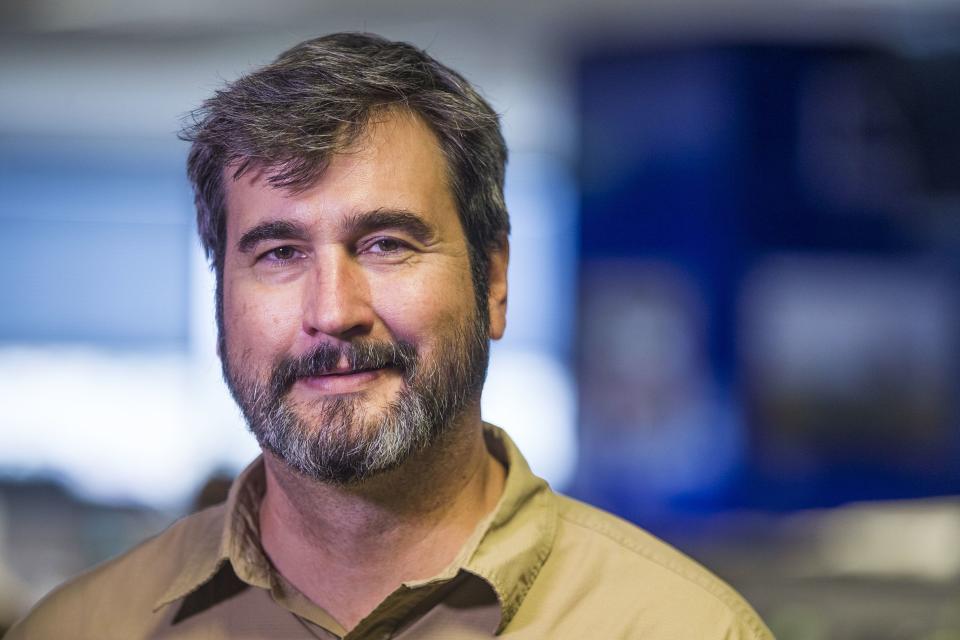
My childhood home stood between Alaska’s rain forest and its rocky shore. From one window I watched orca pods; from another, an eagle tree. Nature demanded attention, especially when a freeze blocked the line that delivered water from a creek back in the woods.
Some summer days I wandered up the creek, where I would wrap a fishing line around my index finger and drop a hooked salmon egg in front of a naïve cutthroat. On other days I squatted by tide pools, grasping at sculpins and little crabs, or poking at barnacle feathers. On the rocks, I prospected for fool’s gold.
Like all earthly places, this one was shaped by both wild and human forces. At night I watched lights on the waves as commercial salmon netters dumped their catch onto anchored tender boats. In my teens, I worked in the fish plants, and then at a pulp mill that feasted on island clearcuts. My eyes bulged during orientation when a conveyor belt fed an old-growth log through the chipper like a carrot through a Cuisinart. That tree was broad enough to flatten the hatchback I had driven to work that day, a VW that ran on the previous summer's fish money.
The mill is gone now, a loser of the timber wars it epitomized. Along with the salmon and a student loan, though, its trees paid my tuition. All of it launched a career of studying and explaining our contest and kinship with nature. What a world.
Debra Utacia Krol
Deb Krol covers Indigenous affairs for The Republic, with an emphasis on environment and climate.
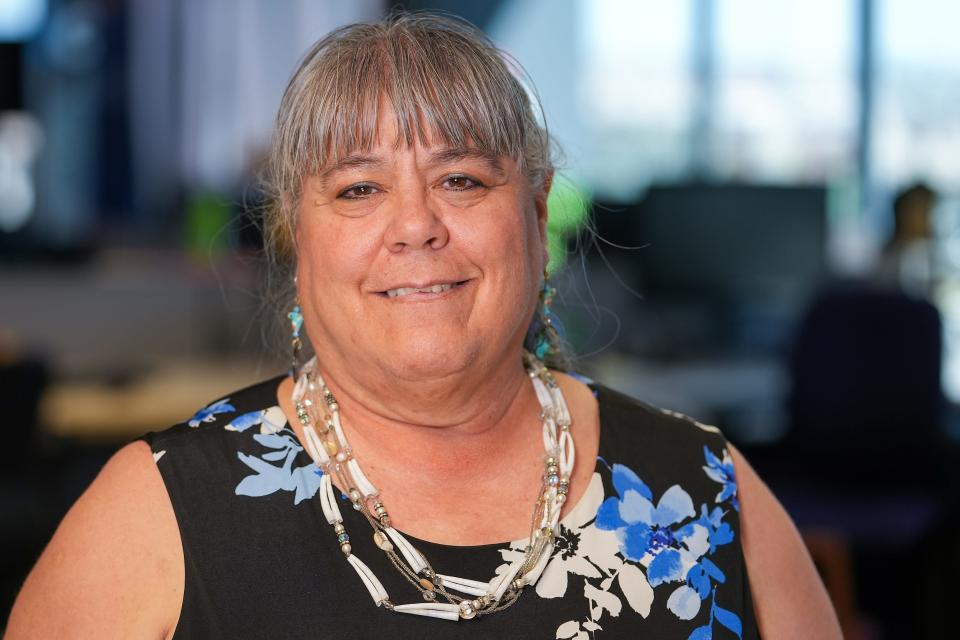
In our Native cultures, the Earth, the climate and all living things are interconnected. In Hawaii, the Native Hawaiians say "the life of the land is perpetuated in righteousness." That means humans' activities must contribute to the health of the lands.
Here on the mainland, Indigenous peoples say that everything is connected. My elders say that we have a responsibility to act in the planet's best interests.
Building a dam today means that salmon die tomorrow. Pumping ever more greenhouse gases into the atmosphere today causes climatic upheaval tomorrow. But, cleaning up polluted waters and lands today gives birds, fish and animals a chance to survive tomorrow.
This is why I continue reporting on the environment, to educate readers about why the Earth's life, and their own and their descendants' lives, depends on the decisions they make today.
Joan Meiners
Joan Meiners covers climate change for The Republic
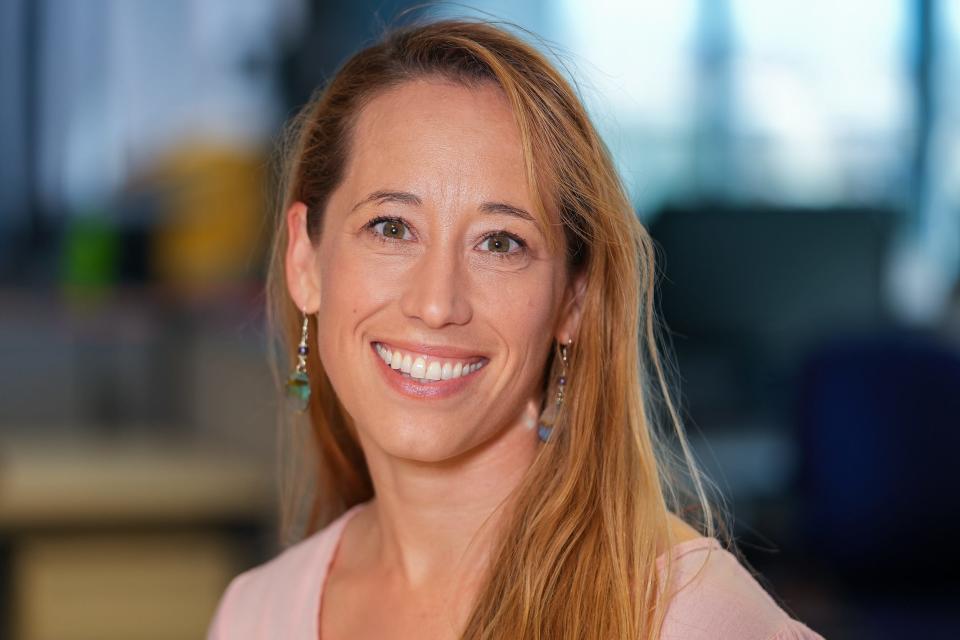
Sometimes, while I’m running the network of scenic trails surrounding the Valley, I think about how I view my job as the “it’s all connected” beat. My role on the environment team is to write weekly about how climate change is altering life as we know it in the Southwest, and what we can do about it. I have found no shortage of material.
Evidence of long-term warming, drying habitats and increasingly chaotic weather is all around us if you take the time to look. Largely starved of sufficient moisture over the recent 22-year drought, wildflower seeds lying dormant in the soil across Arizona responded to this spring’s increased rainfall in full, flamboyant force. It was beautiful motivation to get outside and a reminder of how resilient nature can be when not pushed too far.
But there is a limit. Last week I wrote about how increased light at night from our cities is leading to longer pollen seasons. The strain of rising average temperatures and dropping regular precipitation can be measured in the shrinking growth rings of century-old trees. When our forests succumb to hotter, larger megafires, the vegetation that grows back is different from what burned. Bees may struggle to pollinate our crops as conditions shift beyond their ability to adapt. We are not alone or self-sufficient here.
Earth will continue to have its day until a meteor demolishes this rock. But just like how metro Phoenix’s trail systems connect its neighborhoods and regional parks, our well-being on this planet is interconnected to that of all other life forms. Our collective future depends on our choices, and not just on Earth Day.
Jake Frederico
Jake Frederico is a Nina Pulliam Environment Fellow
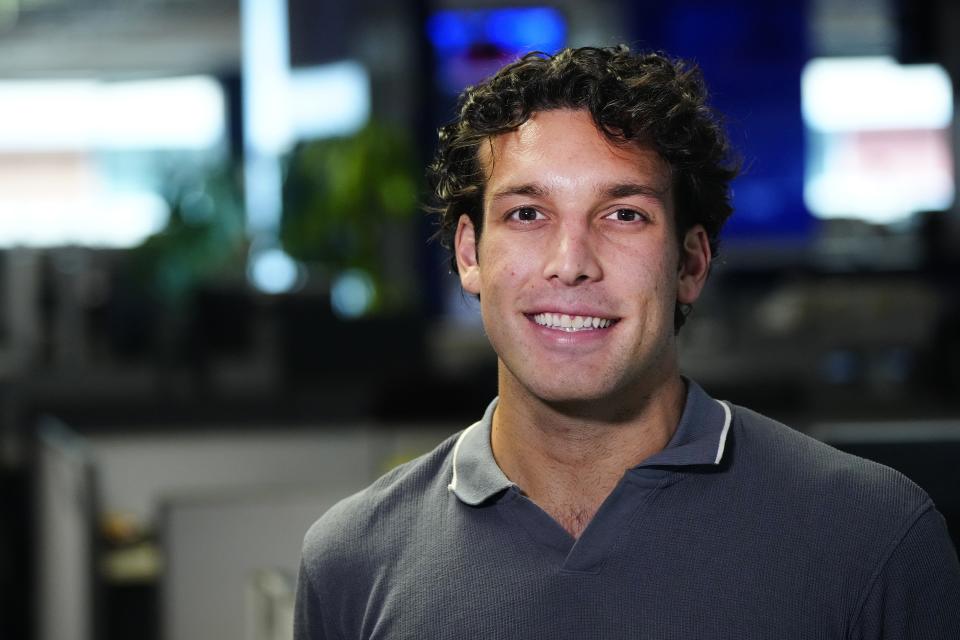
I have long been fascinated by animals. From the age that I could pick up a book, I began reading about wildlife: an encyclopedia of snakes, a handbook on birds, animals of the safari and a pocket guide on sharks. I would sit crisscrossed in awe watching the Australian conservationist Steve Irwin carrying out his antics for a camera crew; his devotion and respect for animals has always stayed with me.
As time went on, I wanted to find ways to honor and protect the planet and wildlife on my own. I would come across a horseshoe crab tangled in a fishing line and seagulls fighting over a plastic bottle cap as if it were food. I would then spend evenings on Miami Beach with a bag and pair of gloves to clean up trash.
As my writing career progressed, I wanted to tell stories about how humans are influencing the planet and wildlife, whether it be good or bad. I aim to educate people on how we are affecting the planet and how to be better stewards. Humans have caused an immeasurable amount of damage to the environment, but we also have the power to protect and restore it.
Here's a favorite quote from Steve Irwin: “If we can teach people about wildlife, they will be touched. Share my wildlife with me. Because humans want to save things that they love.”
Clara Migoya
Clara Migoya is a Nina Pulliam Environment Fellow
I have always been deeply inspired by nature. Growing up in a rural area where most people depended on subsistence farming also made me respect it, even if I experienced the loss and bounty of growing seasons vicariously.
I became a keen observer of critters and forests, an avid mountain biker. I traveled much and witnessed how undeniably intertwined culture and the environment are, no matter the degree of awareness of people taking part in it.
Why would we neglect such an important relationship? Something that is so key to our well-being, our belonging and our survival. People have many reasons why they care for the environment and work to adequately protect our common resources.
I believe environmental journalism can help people value this relationship more deeply, expose wrongdoing, and inspire curiosity. I believe it can be a reflection of the changing times and an amplifier of people who care for where they live.
Shaun McKinnon
Shaun McKinnon is The Republic's environment editor
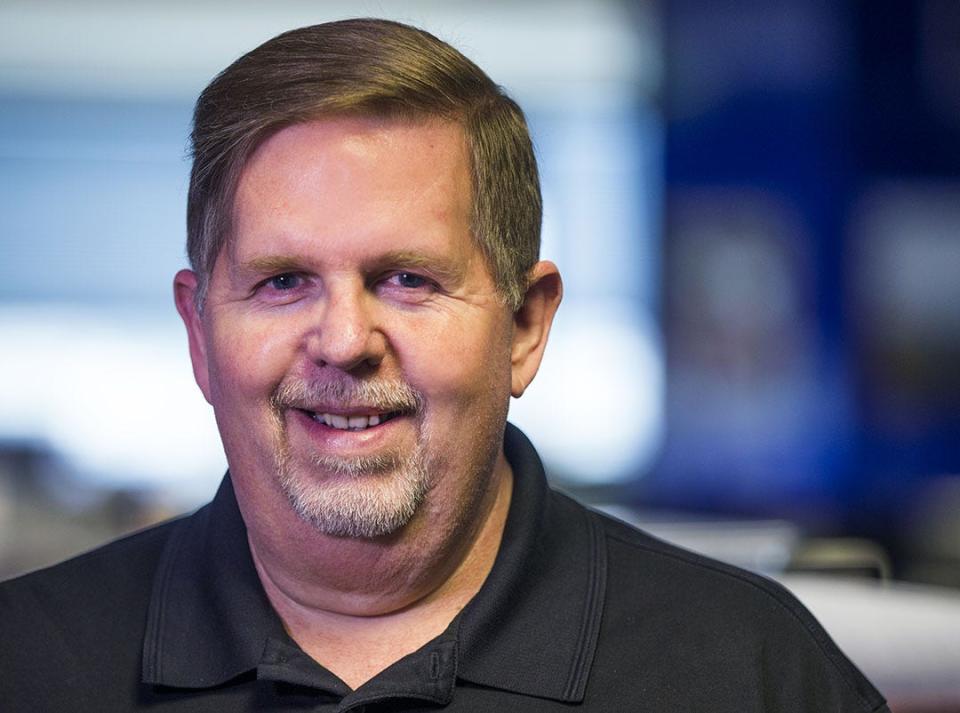
I grew up in a small town, at the foot of a mountain whose peaks turned white during the winter and whose jagged canyon walls created spectacular waterfalls every spring. Deer wandered down off the foothills, especially when it was cold or dry, leaving tracks in our garden. A canal snaked along the side of the hill, fed by a reservoir miles away; an even larger reservoir, holding water for farmers, stretched out on the other side of town. We watched spring floods and summer wildfires, hiked land off limits to vehicles.
It wasn't until years later, as an environment reporter at The Republic, that it dawned on me. I had lived the stories I was telling: drought, runoff, water management, wildlife, fire and land conservation.
Nurture or nature? Did I choose the environment or had it chosen me the first time I waded into an ephemeral, snowmelt-fed creek? Either way, I've been part of The Republic's coverage of water, climate and the environment for more than 17 years, as a reporter and an editor, and I still think it's about the best gig a journalist could want.
We all live in this state, this world, and what happens to it, to the air, the water, the land, will determine what kind of future we create and what we leave for the next generation.
It's the story of our times and the one I guess I was born to tell.
Greg Burton
Greg Burton is the executive editor of The Republic
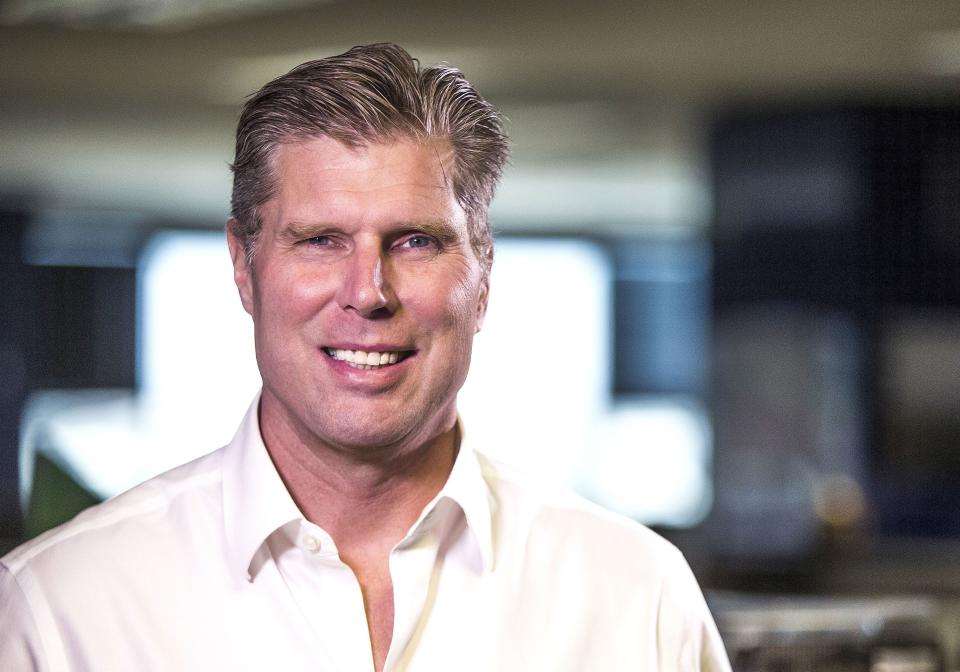
The first time I saw Mount Rainier was through the backseat window of a Plymouth station wagon. The snow-capped volcano loomed like a god over the Earth.
These were the years my brothers and I learned to love an America that existed outside the perfectly regulated comforts of home.
We played car bingo on the nation’s highways and stopped to explore the Black Hills and Badlands of South Dakota, Mt. Rushmore and Crazy Horse. We camped at Yellowstone and felt the piney embrace of the Selway Bitterroots. We crossed the Mississippi, Missouri and Columbia rivers.
The first salmon I recall eating had been blessed by the Suquamish people at Tillicum Village.
These are the things that fed my dreams.
My first reported stories took me to the forests of Idaho and Montana. Protections for spotted owls, bull trout and roadless wilderness had pitted good people who survived by logging against good people who lived to save trees and good people who died for their rights to the land.
For a week at the height of COVID-19, I hiked the Grand Canyon rim-to-rim and slept on the desert floor inside Organ Pipe Cactus National Monument. Overcome by a sense of dread, I was reborn under trillions of pearls twinkling in the darkest ocean.
As the years pass by, I find myself drawn more and more to the wilderness. Nearly every weekend I plan a hike. Each year, I return to Joshua Tree National Park, often with my kids. When they were toddlers, I took them to Utah’s Beaver Creek to catch trout on a fly line. Some of their first hikes were in Zion and Arches.
I’m still that boy in that Plymouth wondering how hard it would be to scale that ridge, what I’d eat, where I’d find water. In nature I find rapture and in science I find worry.
On Earth Day 2023 this is what I wish: To serve journalism that captures the wonder, documents the facts and outlines the choices and consequences; what will be lost, what may be saved, who will live and who will die.
I’m lucky to have worked with environmental journalists who share this wish. Deep gratitude to Shaun McKinnon, Brandon Loomis, Debra Utacia Krol, Cheryl Evans Chow, Joan Meiners, Clara Migoya, Jake Frederico, Joanna Allhands, Ian James, Sammy Roth, Caitlin McGlade, Josh Susong, Judy Fahys, Mark Henle, Joel Angel Juarez, David Wallace, Keith Matheny, Jay Calderon, Zoe Meyers, Zayna Syed, Anton Delgado, Lindsey Botts, Joshua Bowling, Priscilla Totiyapungprasert, Janet Wilson, Cheriann Carlson, Zach Urness, Kevin Crowe, Dinah Voyles Pulver, Shaun Sullivan, Mitchell Thorson, Molly Murray, Jeff Montgomery, Brent Israelsen, Jamie Woolf, Brett Prettyman, Tom Wharton, Skip Knowles, Al Hartmann, Dan Egan, Bill Loftus, Brian Maffley, James Bruggers, Kyle Bagenstose, Sarah Bowman, Erin Rode, Emily LeCoz, Joel Shannon, Elizabeth Weise, Doyle Rice, Erin Stone, Alex Devoid, Lily Altavena, Andrew Nicla.
Environmental coverage on azcentral.com and in The Arizona Republic is supported by a grant from the Nina Mason Pulliam Charitable Trust. Follow The Republic environmental reporting team at environment.azcentral.com and @azcenvironment on Facebook, Twitter and Instagram.
Coverage of Indigenous issues at the intersection of climate, culture and commerce is supported by the Catena Foundation.
You can support environmental journalism in Arizona by subscribing to azcentral today.
This article originally appeared on Arizona Republic: On Earth Day, meet The Arizona Republic's environment team

